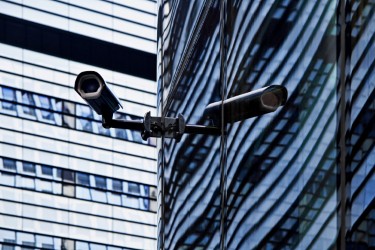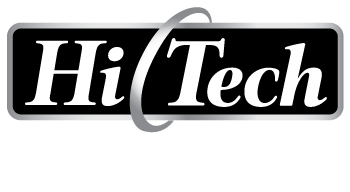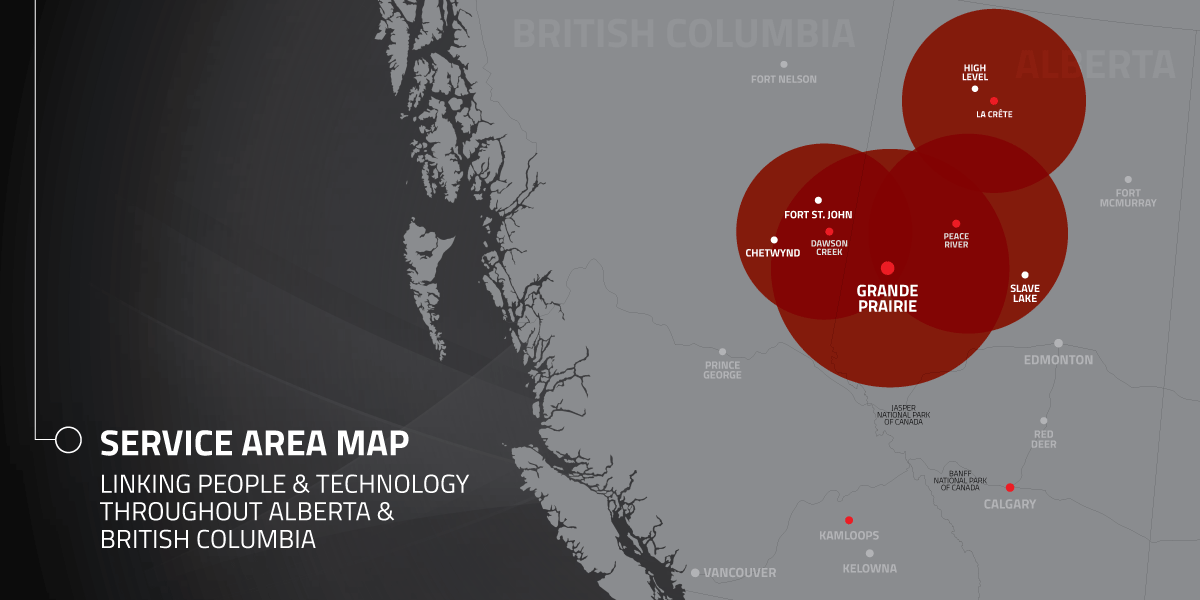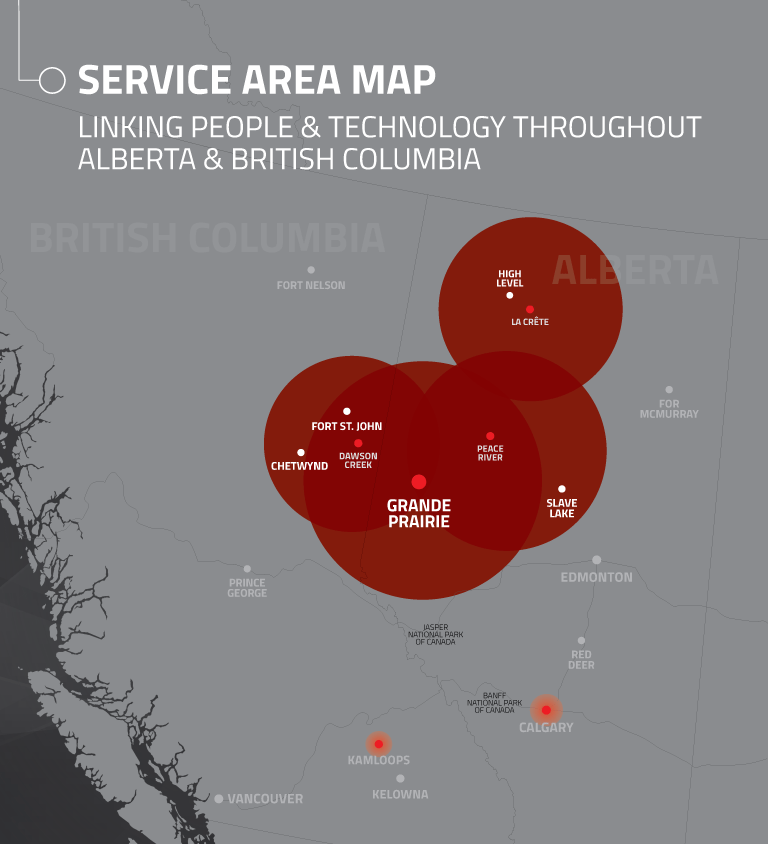Understanding the Role of Video Surveillance in Modern Security Systems
Security must be a top priority for businesses of all sizes. Whether you run a small retail store or a large corporation, protecting your assets, employees, and customers is necessary. One of the most effective ways to achieve this is through video surveillance.
These systems have become integral to modern security strategies, offering a range of benefits and applications. Keep reading to learn how video surveillance can improve safety and security.
The Evolution of Video Surveillance
Video surveillance has advanced greatly since its inception. Early systems relied on analog technology, which provided limited image quality and required extensive cabling and storage solutions. Over the years, technological advancements have transformed video surveillance into an advanced and versatile tool.
The transition from analog to digital technology marked a significant milestone. Digital systems offer superior image quality, easier scalability, and more efficient storage solutions. With the introduction of high-definition (HD) and 4K cameras, businesses can now capture clear, detailed footage, making it easier to monitor and review incidents.
The integration of Internet protocol (IP) cameras has further revolutionized video surveillance. IP cameras allow for remote access and control, enabling business owners to monitor their premises anywhere in the world. This flexibility has made it easier to manage multiple locations and respond quickly to security threats.
The Evolution of Video Surveillance
Video surveillance has advanced greatly since its inception. Early systems relied on analog technology, which provided limited image quality and required extensive cabling and storage solutions. Over the years, technological advancements have transformed video surveillance into an advanced and versatile tool.
The transition from analog to digital technology marked a significant milestone. Digital systems offer superior image quality, easier scalability, and more efficient storage solutions. With the introduction of high-definition (HD) and 4K cameras, businesses can now capture clear, detailed footage, making it easier to monitor and review incidents.
The integration of Internet protocol (IP) cameras has further revolutionized video surveillance. IP cameras allow for remote access and control, enabling business owners to monitor their premises anywhere in the world. This flexibility has made it easier to manage multiple locations and respond quickly to security threats.
Applications of Video Surveillance
Video surveillance systems are versatile tools that can be used in various settings and industries. Here are some common applications:
Retail Stores
In retail environments, video surveillance helps deter shoplifting, monitor employee behaviour, and analyze customer traffic patterns. By understanding customer behaviour, retailers can optimize store layouts and improve customer service.
Office Buildings
For office buildings, surveillance systems provide a secure environment by monitoring entrances, exits, and common areas. This helps control access, prevent unauthorized entry, and guarantee the safety of employees and visitors.
Manufacturing and Warehousing
In manufacturing and warehousing, video surveillance helps monitor production lines, track inventory, and monitor compliance with safety regulations. It also helps prevent theft and damage to valuable assets.
Hospitality and Healthcare
Hotels, restaurants, and healthcare facilities use video surveillance to ensure the safety of guests, patients, and staff. These systems help monitor high-traffic areas, manage emergencies, and provide a secure environment for everyone within the property.
Future Trends in Video Surveillance
The future of video surveillance looks promising, with several emerging trends set to shape the industry. Here are some key trends to watch:
Artificial Intelligence and Machine Learning
AI and machine learning are revolutionizing video surveillance by enabling advanced analytics and automated monitoring. These technologies can identify unusual patterns, detect suspicious behavior, and provide real-time alerts, enhancing the overall effectiveness of surveillance systems.
Cloud-Based Solutions
Cloud-based video surveillance solutions offer scalable and flexible storage options. They allow businesses to access footage from anywhere without the need for extensive on-site storage infrastructure, simplifying maintenance and upgrades.
Integration with Other Security Systems
The integration of video surveillance with other security systems, such as access control and alarm systems, provides a comprehensive security solution. This comprehensive approach provides seamless communication between different security components, enhancing overall protection.
Enhanced Data Security
As video surveillance systems become more connected, maintaining data security is important. Future systems will focus on robust encryption and cybersecurity measures to protect sensitive information and prevent unauthorized access.
Choosing the Right Video Surveillance System
Selecting the right video surveillance system for your business involves careful consideration of several factors. Here are some tips to help you make an informed decision:
Assess Your Security Needs
Start by evaluating your specific security requirements. Consider the size and layout of your premises, the level of security needed, and the areas that require monitoring. This will help you determine the type and number of cameras needed.
Choose the Right Camera Type
There are various types of cameras available, including dome, bullet, and PTZ (pan-tilt-zoom) cameras. Each type has its own advantages and is suited for different environments. For instance, dome cameras are ideal for hidden indoor surveillance, while bullet cameras are better for outdoor use.
Consider Image Quality and Resolution
High-resolution cameras provide clearer and more detailed footage. Consider investing in HD or 4K cameras for important areas requiring superior image clarity. However, keep in mind that higher resolution also requires more storage space.
Evaluate Storage Options
Based on your budget and storage needs, decide between local and cloud storage options. Cloud storage offers flexibility and remote access but may incur ongoing costs. Local storage provides more control over your data but requires regular maintenance.
Ensure Scalability
Choose a system that can grow with your business. Scalability is important if you plan to expand your operations or add more cameras in the future. IP-based systems are generally more scalable than analog systems.
Prioritize User-Friendly Features
Look for systems with user-friendly interfaces and features like mobile access, remote monitoring, and easy playback. These features make it easier to manage and review footage, helping you get the most out of your surveillance system.
Are you prepared to improve your business’s security with advanced video surveillance solutions? At Hi-Tech Business Systems, we specialize in planning and installing tailored video surveillance systems that meet your unique needs. Partnering with CCSI for seamless integration, we ensure your security needs are met. Contact us today!





